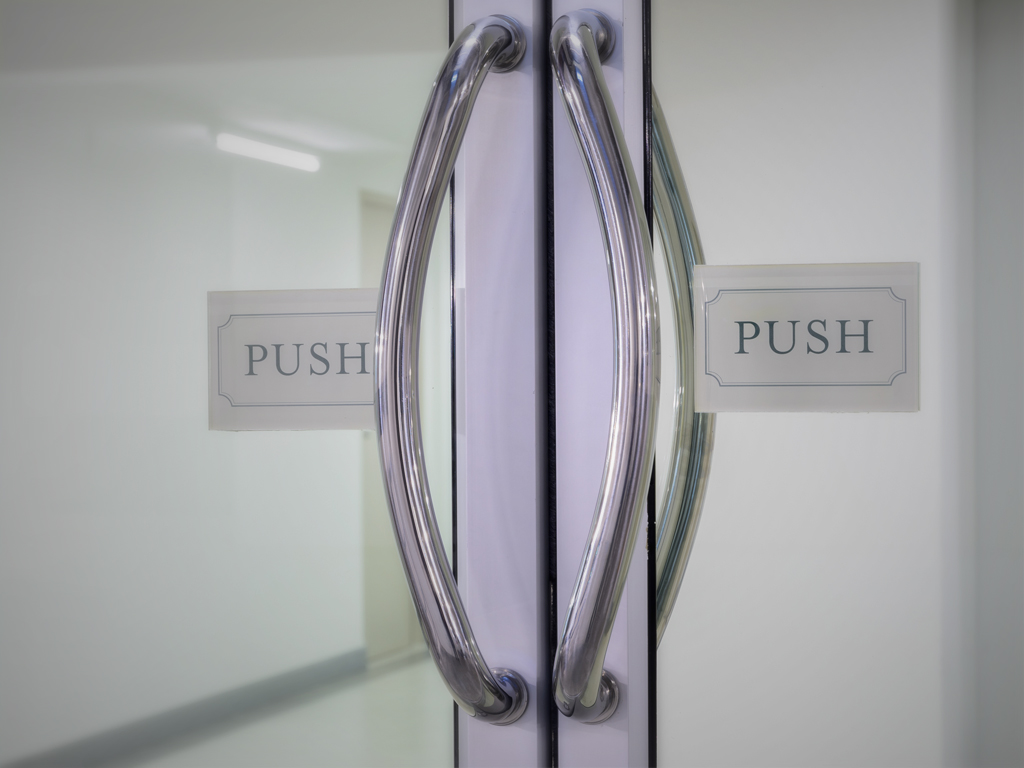The three-click rule originally referred to site navigation, stating that a user should be able to access any information within three clicks. It is derived from the mistaken belief that users will become frustrated and abandon their task if they cannot find what they are looking for within three clicks. A common result is a very wide, but shallow navigation structure and/or categorization and grouping schemes that don’t make much sense to the users.
Perception Of Progress
Rather than artificially forcing every task to fit within three clicks, focus instead on making sure the task flow is clearly understandable and that each click results in obvious progress toward the user’s desired outcome.
For the most part, as long as users feel confident that each click leads them down the right path, they will endure far more than three clicks.
For instance, the average checkout process is rarely done in just three clicks; yet, users seem to succeed quite well with the five to seven clicks in a typical checkout task sequence:
- View Cart
- Go to Checkout
- Enter Ship to Info
- Select Shipping method
- Credit Card info
- Review Order
- Get Confirmation
Of course, separating the task into too many clicks can have an adverse effect on the users, as well. Breaking up a typical checkout sequence so that each element of a credit card and billing address is on a separate page would surely frustrate any user.
Task Analysis Is Key
The point is that the number of clicks is a poor design metric. The more successful designers conduct a thorough task analysis and optimize the task sequence to manage the perception of progress rather then the number of clicks.
Moreover, the task sequence should be based on the users’ perception of the task, not the developer’s sense of what is technically efficient.
For instance, while it is more efficient to create one long checkout page, usability testing has shown that users don’t perform well with that approach.
The designer needs to fully understand how users organize or group the various steps of a task flow and design to that flow.
Easy To Use Is Hard To Design
The three-click rule is just another one of those common false metrics that lazy designers follow without due diligence. Task analysis is harder to do but provides a much more successful result, and, in the end, isn’t that what you want?
As we say in the UX design business, if it’s easy to design, it’s hard to use. If it’s easy to use, it’s hard to design.
Does your design live by the three-click rule? Why or why not?


